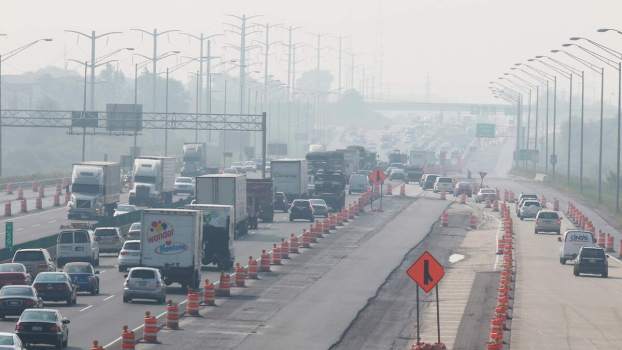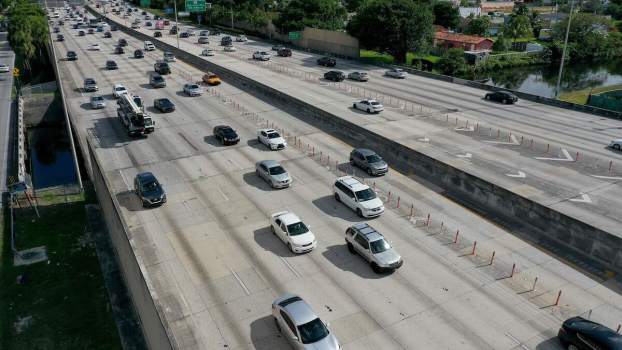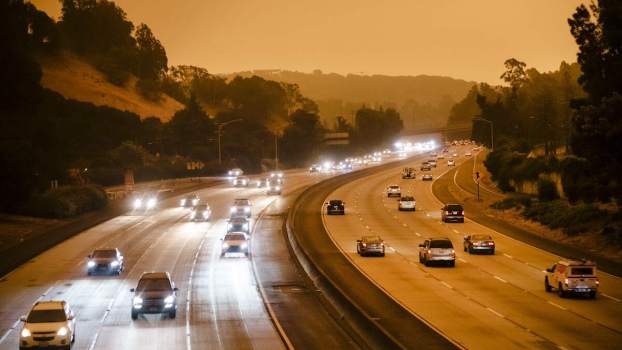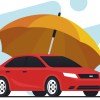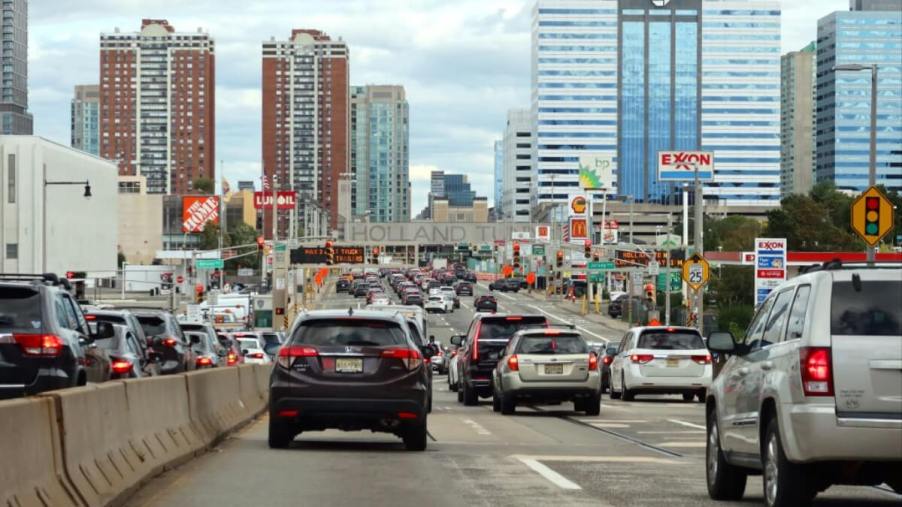
Does Expanding Highways Make Traffic Worse, or Is Induced Demand a Myth?
Everybody hates traffic. Businesses hate traffic — it slows the flow of customers and wastes time workers could spend on the clock. City planners hate traffic — it’s blatant inefficiency. Economists hate traffic — it obstructs the exchange of goods and services. Above all, drivers hate traffic with a pure and righteous passion. Transportation should be efficient. So, why isn’t it efficient?
One theory offers an answer. It says the usual solution to traffic congestion — adding highway lanes to carry more cars — is doomed to failure. Does expanding highways make gridlock worse, or is “induced demand” just another traffic myth?
What is induced demand with regard to traffic?
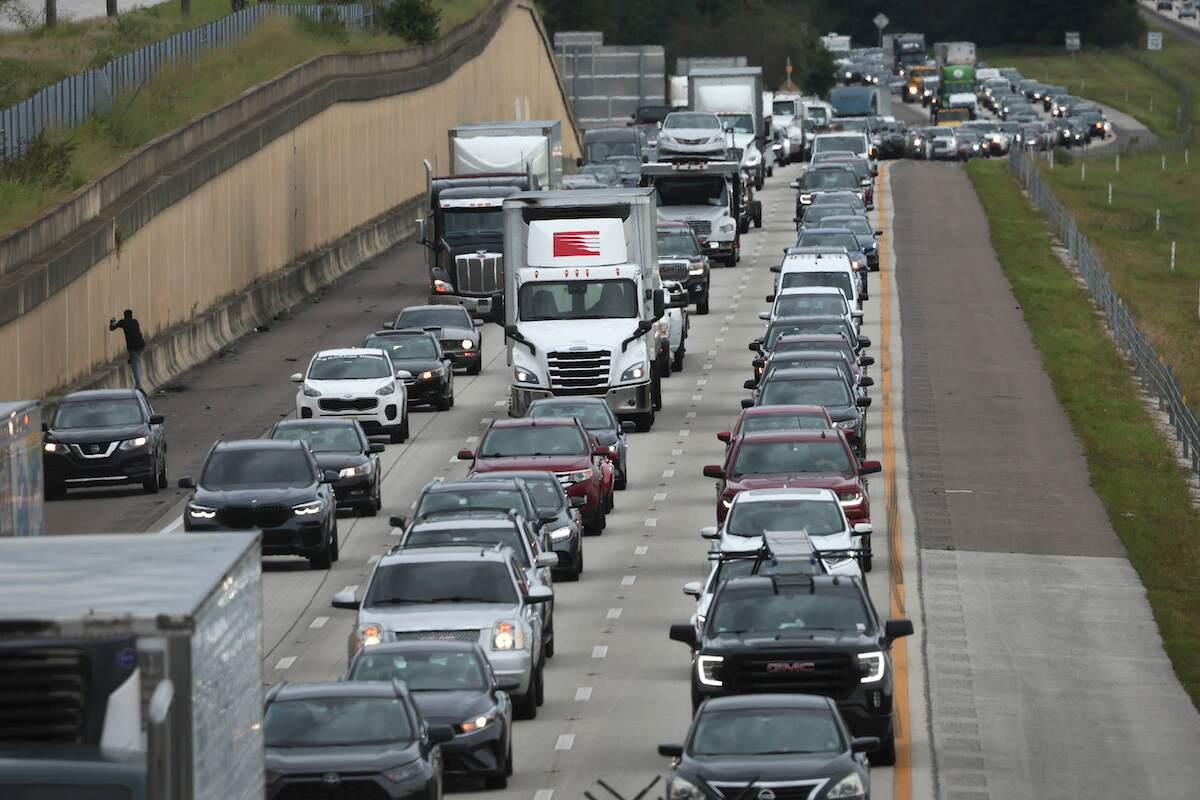
The theory in question is “induced demand.” In the grand sense, induced demand is an established economic concept: increasing the supply of something drives down its price and, in turn, drives up its demand.
Per many economists and urban planners, induced demand is a vital issue in traffic management, ultimately determining the value — and limitations — of expanding highways. Some say induced demand is the ultimate reason why adding highway lanes never quite seems to relieve traffic jams.
Expanding highways, the theory goes, doesn’t create clearer roads. Instead, it drops the “cost” of traveling by car by opening the roads to more drivers, who pour in until they’ve filled the highway to capacity. Once again, gridlock ensues, trapping even more people in the same excruciating crawl.
Induced demand supporters say expanding highways is not the solution
Induced demand has passionate supporters and furious detractors. On the one hand, supporters favor giving highways less importance in overall transportation infrastructure, shifting resources toward various forms of mass transit. On the other hand, opponents champion highway expansion and dismiss induced demand as a traffic myth.
A 2009 study, “The Fundamental Law of Road Congestion,” sparked the debate over induced demand. Economists Matthew Turner and Gilles Duranton, whose study was published by the National Bureau of Economic Research, found solid support for the idea that expanding highways can increase efficiency only so far. Beyond that point, Turner and Duranton said, city planners can’t just build their way out of their problems. They need alternative solutions.
Opponents say induced demand is a myth
Opponents of the induced demand theory are equally passionate. Economic institutions like the Pacific Research Institute (PRI) aren’t afraid to get political, casting the fairly prosaic debate over expanding highways as a fight between free markets and centralized planning. Per this thesis, induced demand is an excuse for social engineering: Nixing highway expansion frees resources for more centralized — thus, theoretically, more controllable — forms of mass transit.
Instead, PRI and other experts champion highway expansion, seeking to get more people on the road and asserting that constant growth and development will lead to a consistent improvement in driving conditions.
Down the road
As matters stand, there’s no clear winner in the debate over induced demand. Experts have collected data and offered arguments for both sides, but they’re far from consensus. That’s a good thing. Right now, induced demand is a thriving controversy, the kind of conversation that, at its best, can lead to potent new solutions for stubborn problems like traffic. As long as experts continue gathering valuable data and posing rigorous arguments, traffic-bound Americans can hope for a gridlock-free future.
What do you think? Do you agree or disagree with the theory of induced demand? Comment below.
